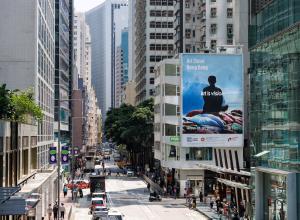ishkode (fire), a sculptural tableau by indigenous Canadian artist, Rebecca Belmore, sits opposite Gavin both physically and tonally: It features a life-size, cast-clay rendering of an upright sleeping bag that is twisted to resemble a wrapped body and surrounded by thousands of bullet casings arrayed on the floor to form a bristling brass palisade. The cartridges are spent, suggesting the commission of some past genocide haunted by a mummified ghost.
Videos make up the preponderance of the works in this part of the show, the strongest of which is Adam Pendleton's filmic profile of Ruby Nell Sales. A scholar, public theologian, and legendary civil rights activist, Sales joined the Selma to Montgomery marches of 1965 at age seventeen, and almost died at the hands of a shotgun-wielding assailant. Instead, a White colleague was killed as he attempted to shield her. Now seventy-three, Sales speaks about her queer identity, her commitment to social justice, and her faith, as the imagery jumps back and forth between grainy color footage and black-and-white closeups that linger on Sale’s face and hands with cut-crystal clarity.






























